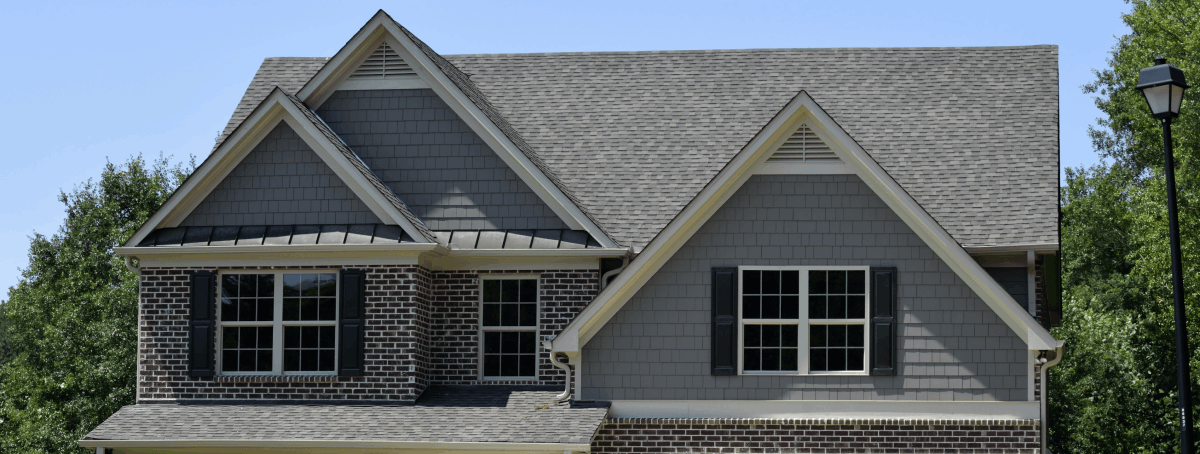One of the quintessential aspects of sustainable construction is the use of environmentally friendly materials. The advent of green construction materials such as recycled metal, reclaimed wood, and low VOC paint has enabled architects to reduce the environmental footprint of buildings. These materials are not just known for their sustainability but also for their durability and high performance. For instance, recycled metal has a longer lifespan and is more resilient to weather conditions, thereby reducing maintenance costs and improving the overall efficiency of the building.
Moreover, sustainable construction has led to the rise of energy-efficient architectural designs. Techniques such as passive solar building design, which capitalizes on the sun’s energy for heating and cooling purposes, have become increasingly popular. The incorporation of large windows for natural light, solar panels for renewable energy, and insulation for energy conservation are now common in modern architectural designs. This approach not only reduces energy consumption but also ensures the comfort and well-being of building occupants.
Another significant impact of sustainable construction on architecture is the emphasis on water conservation. Techniques such as rainwater harvesting and greywater recycling systems are now being integrated into architectural designs to promote water efficiency. Buildings are being designed with green roofs and permeable pavement that reduce run-off and increase water infiltration. This not only aids in water conservation but also enhances the aesthetic appeal of the building.
Furthermore, sustainable construction techniques have fostered a holistic approach to architectural design, considering not just the building itself but also its interaction with the surrounding environment. This has led to the integration of green spaces into architectural designs, promoting biodiversity and enhancing the quality of life for building occupants. Plants and trees are not only being incorporated for their aesthetic value but also for their ability to improve air quality, reduce noise pollution, and provide shade.
Lastly, sustainable construction has necessitated the adoption of efficient construction practices that minimize waste and pollution. Techniques such as prefabrication and modular construction have gained prominence, reducing the amount of waste generated on-site and improving the overall efficiency of the construction process.
In conclusion, sustainable construction techniques have had a profound impact on modern architecture, influencing its design, functionality, and interaction with the environment. They have fostered a shift towards green buildings that are not just aesthetically appealing but also energy-efficient, water-efficient, and environmentally friendly. This paradigm shift in architecture signifies a move towards a more sustainable future, underscoring the role of sustainable construction in mitigating the environmental challenges of the 21st century.
For more details, check best interlocking services Toronto or visit their business listing here.



